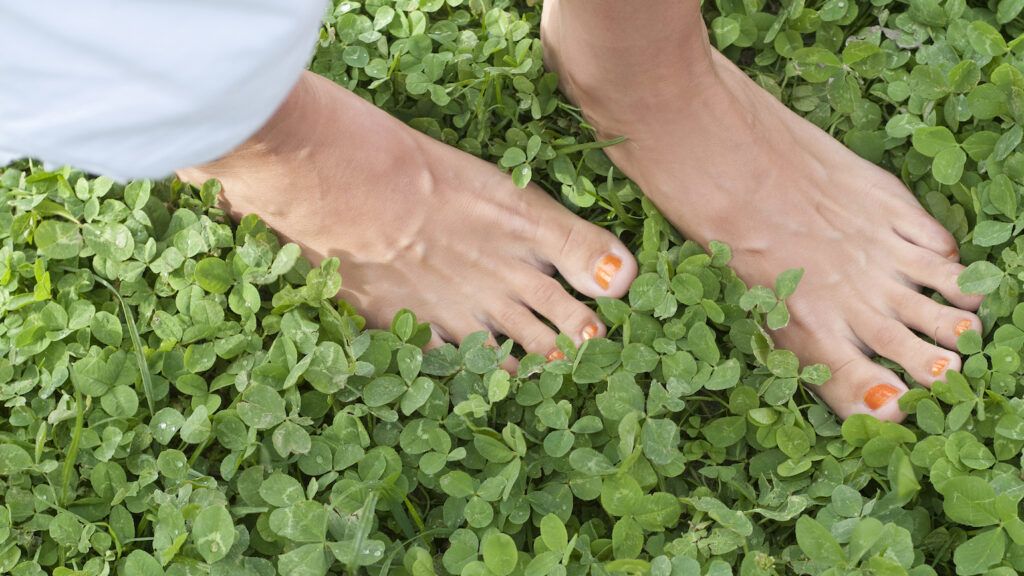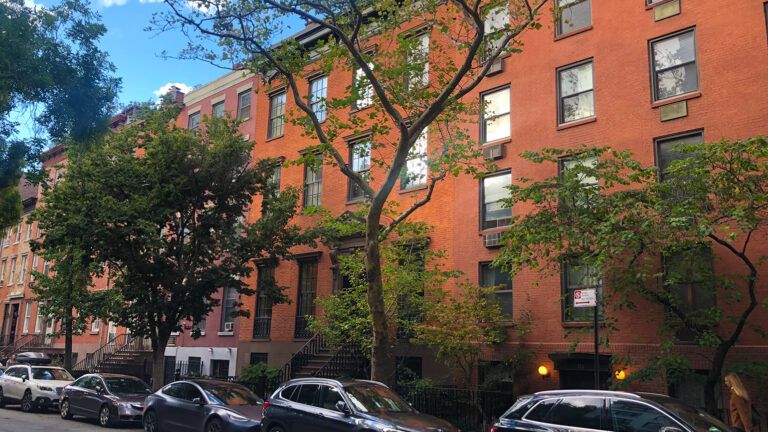There’s a perception that anyone lucky enough to have a lawn should want it to be lushly reminiscent of a golf course, uniformly green with thick grass that’s shorn to a pleasing, manicured length.
But as we learn more about the dangers of synthetic weed- and insect-killing treatments, the proverbial dream lawn begins to feel unreachable at best, unethical at worst.
Margaret Renkl recently wrote in The New York Times about the positive power of a wild lawn, reflecting on how caring less about cultivated grass can help us care more for what nature wants to do in whichever part of the planet we call home. “Wildflower seeds are carried on the wind, on the coats of wild animals and in the digestive tracts of birds,” she writes. “Anybody who’s paying attention would see them for the gifts they are: flowers that arrive, through no effort at all, to feed the bees and the butterflies.”
Those of us who have neighbors, pets or kids can’t exactly toss handfuls of wildflower seeds down and let them grow un-mowed through the summer season. But there are ways we can invite wildness into our lawns, which in turn will encourage birds, bees, butterflies and other wildlife to luxuriate in our yards as much as we do.
1) Clover
Putting down clover seed instead of grass seed can yield a beautifully green lawn that carries multiple benefits, chief among them that clover pulls nitrogen from the air and fixes the nutrient in the soil. Farewell, fertilizer! Clover also blooms into what the writer Melissa Breyer beautifully calls “a starscape of flowers” that attracts pollinators. I particularly love my big swaths of yard clover for another reason—the bunnies love to eat it, which keeps them away from my vegetable patch.
2) Moss
Fuzzy, vibrant moss is ideal as a lawn substitute if you have a lot of shade on your property. You can plant moss directly on clear, compost-amended soil or, if you have heavy foot traffic on your lawn, put down stone pavers so the moss can grip as it creates a beautiful, almost mystical-looking habitat right in your own backyard.
3) Creeping Thyme
This hardy, drought-resistant group of plants called “creeping thyme” are more expensive to plant than grass seed or sod—but over time, they will cost you almost nothing in maintenance, right down to infrequent mowings. Thyme flowers prolifically throughout the summer and, like clover, it is sturdy enough to withstand foot traffic.
Even in small spaces, like around patio pavers or in walkways, adding some wild elements to your lawn can make your outdoor time more positive for all creatures great and small.
Have you ever considered a “wild” lawn?






